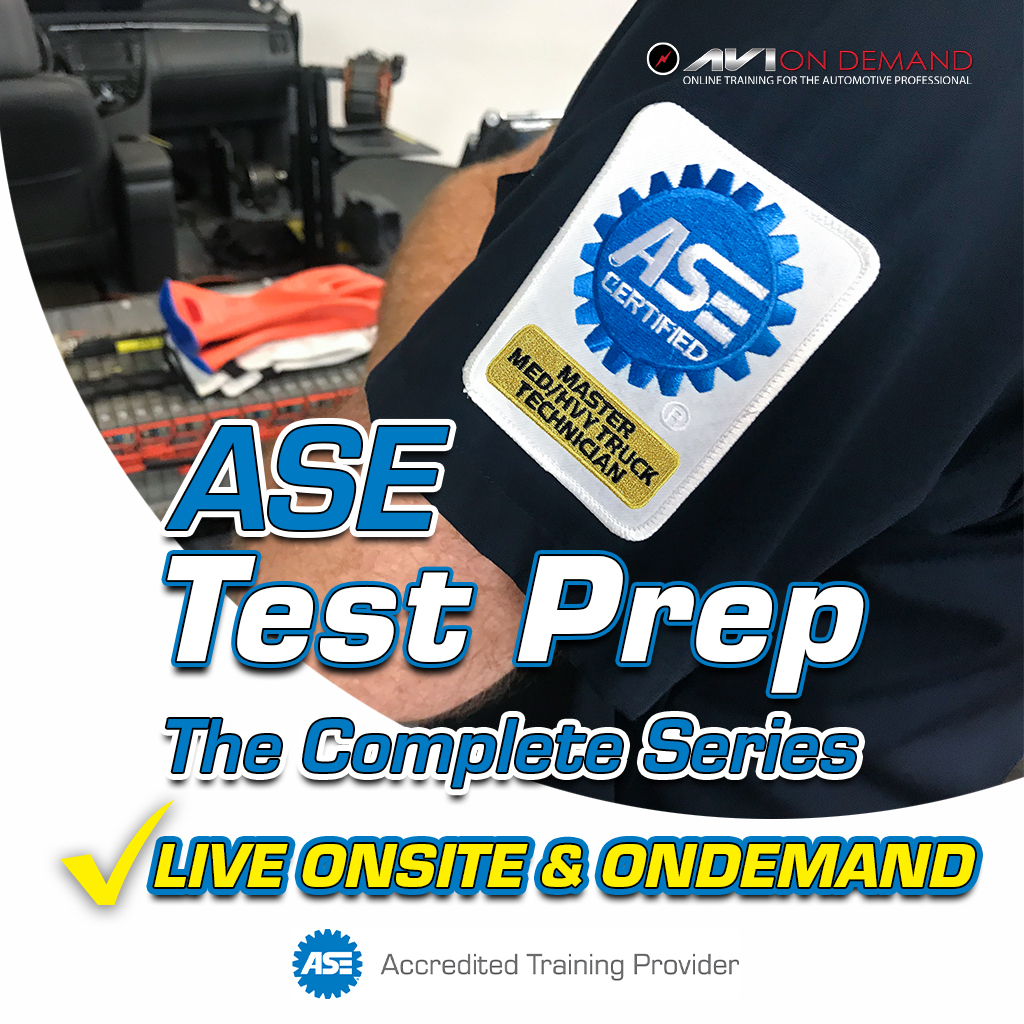Tackling Ford TPMS
July 15, 2014
TPMS was standard for the 2007 model year. 2007-’09 models have banded sensors, while most 2010-’11 models have sensors mounted behind the valve stem.
If the vehicle has been stationary for more than 30 minutes, the sensors will go into a “sleep mode” to conserve battery power. It will be necessary to wake them up so they will transmit the latest tire pressure information to the Smart Junction Box (SJB).
Activation
1. Turn the ignition switch to the ON position.
2. Position the TPMS tool against the LF tire sidewall, 180 degrees from the tire valve stem. The TPMS tool must remain in place 180 degrees from the valve stem for 2007-’09 models with banded sensors and directly below the valve stem on the sidewall for 2010-2011 models with the valve stem mounted TPMS sensors.
Note: The TPMS tool will provide feedback in the form of a flashing green light and a beep sound for each successful response from a tire pressure sensor.
3. Press the test button on the TPMS tool to activate the sensor. Activate the sensor at least two times.
4. Repeat Steps 2 and 3 for the remaining tires.
Relearn
1. Turn the ignition switch to the OFF position. Then press and release the brake pedal.
2. Cycle the ignition switch from the OFF position to the RUN position three times, ending in the RUN position.
3. Press and release the brake pedal.
4. Turn the ignition switch to the OFF position.
5. Turn the ignition switch from the OFF position to the RUN position three times, ending in the RUN position.
The horn will sound once and the indicator will flash if the training mode has been entered successfully. If equipped, the message center will display “TRAIN LF TIRE.”
6. It may take up to six seconds to activate a tire pressure sensor.
Press and release the test button on the TPMS tool. The horn will sound briefly to indicate that the tire pressure sensor has been recognized by the vehicle.
7. Within two minutes of the horn sounding, place the TPMS tool on the correct position for the sensor and release the test button to train the right front tire pressure sensor.
8. Do not wait more than two minutes between training each sensor or the SJB will time out and the entire procedure must be repeated. Repeat Step 7 for the right rear and then left rear.
The procedure is completed after the last tire has been trained. When the training procedure is complete, the message center (if equipped) will display “TIRE TRAINING COMPLETE.”
For vehicles not equipped with a message center, successful completion of the training procedure will be verified by turning the ignition switch to the OFF position without the horn sounding. If the horn sounds twice when the switch is turned to the OFF position, the training procedure was not successful.
——————————————————————–
TPMS problems can include any of the following:
• A tire pressure sensor that has stopped functioning because the battery has died.
• A tire pressure sensor that is working intermittently due to a weak or failing battery.
• The TPMS module is not receiving a signal from one or more sensors because of an antenna or wiring fault.
• The TPMS module itself is not functioning properly or has failed because of a voltage supply, wiring or internal electronics fault.
• The tires were serviced or rotated recently and the relearn procedure or was not done correctly.
• The vehicle owner does not understand how their TPMS system works.
——————————————————————–
Watch For Bad Valve Stems and Aging Sensors
Something to watch out for when diagnosing TPMS are corroded or damaged TPMS valve stems. The valve stem on each wheel should be visually inspected for corrosion or other damage that might affect the integrity of the valve stem.
Consider the age and mileage of the vehicle when doing your diagnosis. The average life of the battery inside a brand new factory TPMS sensor is around 7 to 10 years depending on use. The more the vehicle is driven, the more often the TPMS sensors generate their signals and the faster they use up their remaining battery life.
Related Course

Making Money Servicing TPMS
View CourseThis course, presented by Karl Schneider, covers everything you need to know about TPMS. Karl covers the shop’s legal responsibilities that come with TPMS and how to avoid expensive ramifications. He goes over the three types of sensors you will encounter, how to diagnose and service these types. As a wrap-up, Karl conducts some hands-on case studies that will have you feeling confident in your knowledge of properly servicing TPMS.


